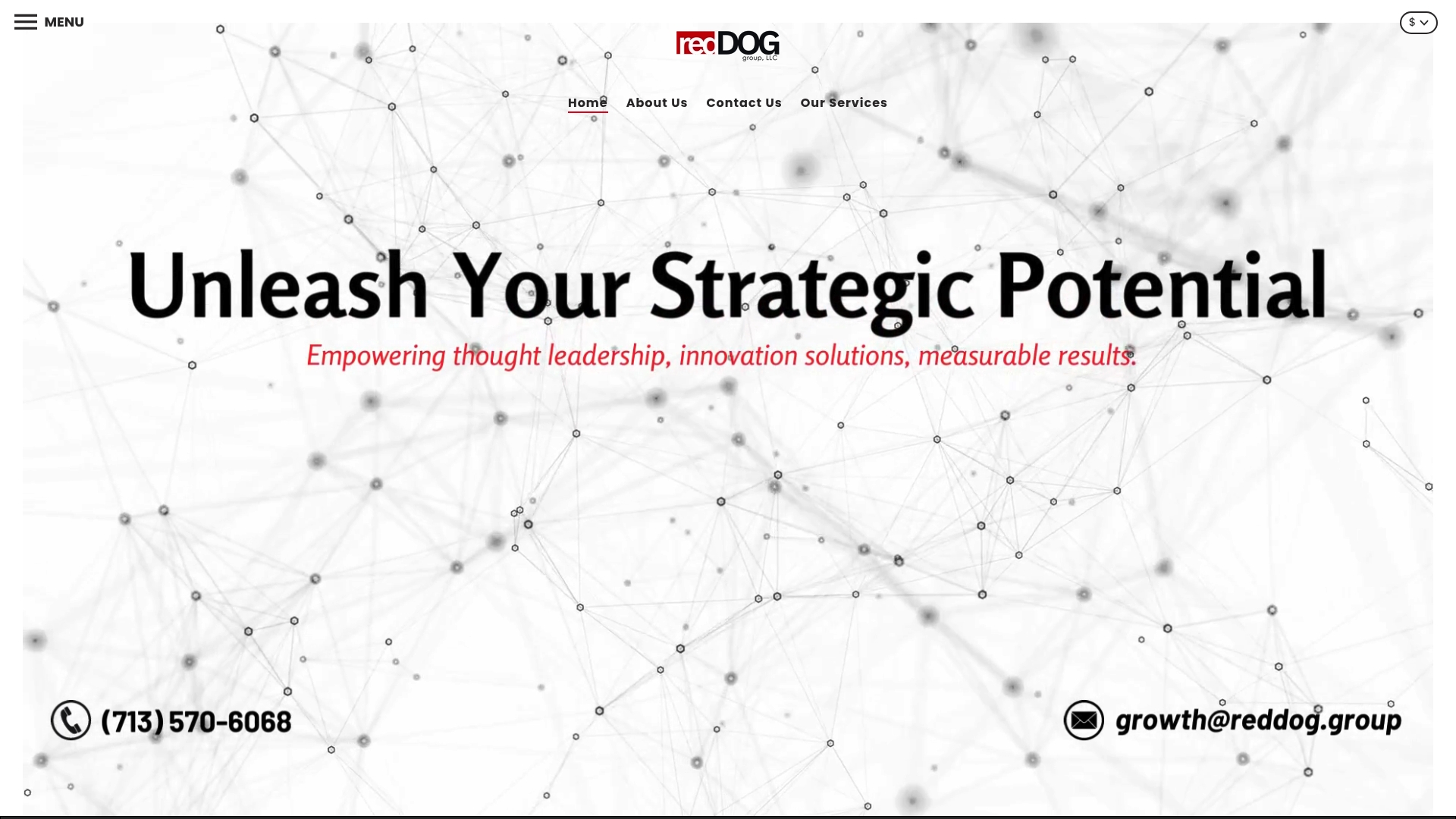
Why Automate Business Processes: Complete Guide
Posted on
Over 50 percent of organizations are now turning to business process automation to cut costs and speed up daily operations. In a world where every second counts and manual tasks slow growth, automation has become a vital strategy for businesses aiming to stay competitive. By understanding how automation works, which processes are ripe for transformation, and what challenges may arise, your business can harness smarter workflows that free your team to focus on what matters most.
Table of Contents
- Defining Business Process Automation And Its Scope
- Types Of Business Processes Suitable For Automation
- Key Benefits For Retailers And E-Commerce Brands
- Roi, Cost, And Scalability Considerations
- Common Challenges And How To Avoid Them
Key Takeaways
| Point | Details |
|---|---|
| Business Process Automation (BPA) | BPA utilizes digital technologies to enhance operational efficiency and minimize human intervention in complex workflows. |
| Types of Processes to Automate | Ideal processes for automation include high-volume, repetitive tasks that require coordination and are time-sensitive. |
| Benefits for Retailers | For retailers, BPA improves efficiency and accuracy while allowing for rapid adaptation to market changes and enhanced customer experiences. |
| Challenges and Solutions | Key challenges include technology integration and change management; adopting hyperautomation and fostering a culture of continuous learning can mitigate these issues. |
Defining Business Process Automation and Its Scope
Business Process Automation (BPA) represents a strategic technological approach that transforms how organizations execute complex workflows and operational tasks. At its core, BPA is about leveraging digital technologies to streamline, optimize, and accelerate business processes with minimal human intervention.
According to research from ijsr, BPA involves technological automation of business processes ranging from simple operations to intricate workflows. The primary objectives are clear and compelling:
- Enhance operational efficiency
- Reduce human error rates
- Adapt rapidly to changing business requirements
- Minimize operational costs
The scope of Business Process Automation extends far beyond basic task replacement. It encompasses a holistic reimagining of how work gets done, integrating intelligent technologies that can learn, adapt, and execute complex sequences of actions. As eprints highlights, BPA is a technology-driven strategy designed to execute business processes with minimal cost and time investment, making it applicable across various organizational contexts.
Effective BPA isn’t just about replacing human tasks—it’s about creating intelligent systems that can handle repetitive, rule-based processes with unprecedented speed and accuracy. This means everything from customer onboarding and invoice processing to complex supply chain management can be transformed, allowing human talent to focus on high-value strategic work that requires creativity, emotional intelligence, and nuanced decision-making.
Types of Business Processes Suitable for Automation
Business process automation is not a one-size-fits-all solution. Some processes are inherently more conducive to digital transformation than others. Understanding which workflows can benefit most from automation is crucial for maximizing operational efficiency and strategic value.
Research from charteredteam indicates that processes ideal for automation typically share specific characteristics:
- High-volume repetitive tasks
- Processes requiring multiple personnel coordination
- Time-sensitive operational workflows
- Standardized procedural sequences
According to coursera, automation technologies are particularly effective for two primary categories of business processes: rule-based tasks and complex contextual workflows. Rule-based processes include straightforward activities like data entry, invoice processing, and inventory management—where clear, predefined steps can be easily translated into algorithmic sequences.
More advanced automation opportunities emerge in complex workflows that require nuanced decision-making.
![]() These might involve analyzing unstructured data, making predictive recommendations, or integrating multiple systems to create intelligent, adaptive processes. By targeting these strategic automation opportunities, businesses can dramatically reduce operational friction, minimize human error, and redirect human talent toward more creative, high-value strategic initiatives.
These might involve analyzing unstructured data, making predictive recommendations, or integrating multiple systems to create intelligent, adaptive processes. By targeting these strategic automation opportunities, businesses can dramatically reduce operational friction, minimize human error, and redirect human talent toward more creative, high-value strategic initiatives.

Key Benefits for Retailers and E-Commerce Brands
Business process automation represents a transformative strategy for retailers and e-commerce brands seeking to optimize their operational capabilities. In an increasingly competitive digital marketplace, the ability to streamline processes can mean the difference between thriving and merely surviving.
According to sescomputers, retailers can achieve significant operational improvements through automation, particularly in areas like document management. The key benefits include:
- Enhanced operational efficiency
- Reduced human error rates
- Improved regulatory compliance
- Increased data accuracy
Research from neowork highlights the strategic advantage of technologies like Robotic Process Automation (RPA) for retail environments. By automating repetitive tasks, businesses can unlock substantial time savings and redirect human talent toward more strategic, value-added initiatives.
Moreover, automation isn’t just about cost reduction—it’s about creating more intelligent, responsive business models. For forward-thinking retailers, this means developing systems that can rapidly adapt to market changes, personalize customer experiences, and make data-driven decisions with unprecedented speed and precision. Explore our guide on effective e-commerce growth strategies to understand how technological innovation can transform your retail operations.
ROI, Cost, and Scalability Considerations
Business process automation represents a strategic investment that demands careful financial and technological planning. Return on Investment (ROI) is not just about immediate cost savings, but about creating long-term operational resilience and competitive advantage.
Research from iaeme emphasizes the critical importance of establishing robust metrics for measuring automation effectiveness. Key considerations include:
- Technical infrastructure requirements
- Organizational change management
- Performance measurement frameworks
- Long-term scalability potential
Interestingly, arxiv highlights emerging no-code and low-code automation paradigms as game-changers for cost reduction and scalability. These technologies democratize automation by enabling businesses to create complex workflow solutions without extensive programming expertise, dramatically lowering implementation barriers.
Understanding scalability goes beyond mere technological capacity. Explore our comprehensive guide on business scalability to grasp how strategic automation can transform your operational model, turning technological investment into sustainable competitive advantage. The most successful organizations view automation not as an expense, but as a strategic lever for continuous improvement and adaptive business growth.
Common Challenges and How to Avoid Them
Business process automation is not without its pitfalls. Organizations frequently encounter complex obstacles that can derail even the most well-intentioned digital transformation efforts, making strategic planning and proactive problem-solving critical.
According to arxiv, the primary challenges in business process automation revolve around two fundamental areas:
- Technology integration complexity
- Organizational change management
- Resistance to technological adoption
- Skill gap and training requirements
Research suggests that hyperautomation strategies offer a comprehensive solution to these challenges. By combining advanced technologies like Artificial Intelligence (AI) and Robotic Process Automation (RPA), businesses can create more adaptive and intelligent automation frameworks. arxiv further highlights the importance of accessibility, emphasizing the development of conversational digital assistants that enable non-technical users to interact with and customize automation solutions through natural language.
Navigating these challenges requires a holistic approach that goes beyond technological implementation. Business leaders must foster a culture of continuous learning, provide comprehensive training, and maintain transparent communication about the benefits and transformative potential of automation. Learn more about business scalability strategies to understand how successful organizations turn potential obstacles into opportunities for growth and innovation.
Unlock Seamless Business Process Automation with Reddog Group
In the quest to reduce operational errors and boost efficiency, businesses often face the challenge of integrating complex automation into daily workflows while managing change effectively. This article highlights key obstacles like technology integration and organizational resistance that keep many companies from maximizing their true potential. If your goal is to transform repetitive, rule-based tasks into smart, scalable solutions that drive revenue growth and operational resilience, understanding how to execute these strategies is critical.

Discover how Reddog Group brings deep expertise in omnichannel retailing and digital marketing to craft tailored automation and growth strategies for small and medium businesses. By leveraging proven marketplace management and eCommerce solutions, we empower brands to streamline inventory management and product listings with precision and accelerate omnichannel sales performance. Don’t let complexity hold your business back. Visit Reddog Group today to start turning automation challenges into sustainable advantages and achieve measurable growth.
Frequently Asked Questions
What is Business Process Automation (BPA)?
Business Process Automation (BPA) is a strategic technological approach that optimizes and accelerates complex workflows and operational tasks by leveraging digital technologies, reducing human intervention, and enhancing efficiency.
What types of business processes are suitable for automation?
Processes that are high-volume, repetitive, require coordination among multiple personnel, time-sensitive, and follow standardized procedures tend to benefit the most from automation.
What are the key benefits of automating business processes for retail and e-commerce brands?
The key benefits include enhanced operational efficiency, reduced human error rates, improved regulatory compliance, and increased data accuracy, all of which can lead to a substantial competitive advantage in the digital market.
What challenges do organizations face when implementing business process automation?
Common challenges include technology integration complexity, organizational change management, resistance to adoption, and skill gaps. Addressing these effectively is crucial for successful implementation.
Recommended
- What is Business Transformation? Understanding its Impact
- Optimize Small Business Growth Strategy Workflow Quickly
- Streamline Your Inventory Management Workflow for Growth
- Effective Business Growth Strategies Guide for 2025
- Ventajas De La IA En Empresas: Guía Completa - Bit2Brain
- AI-Driven Content for Businesses: Complete Guide
Leave a comment: